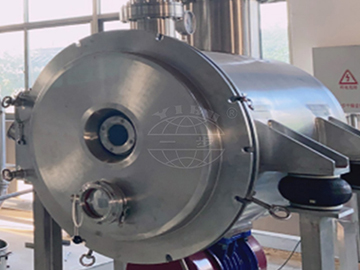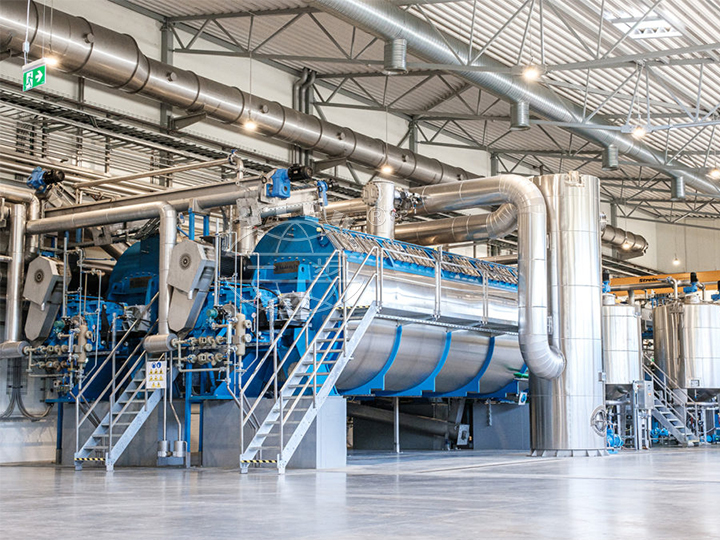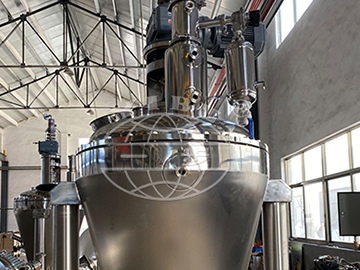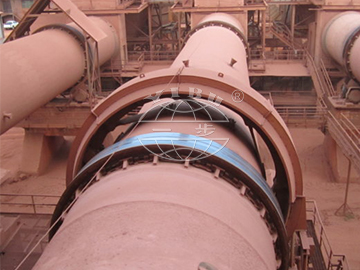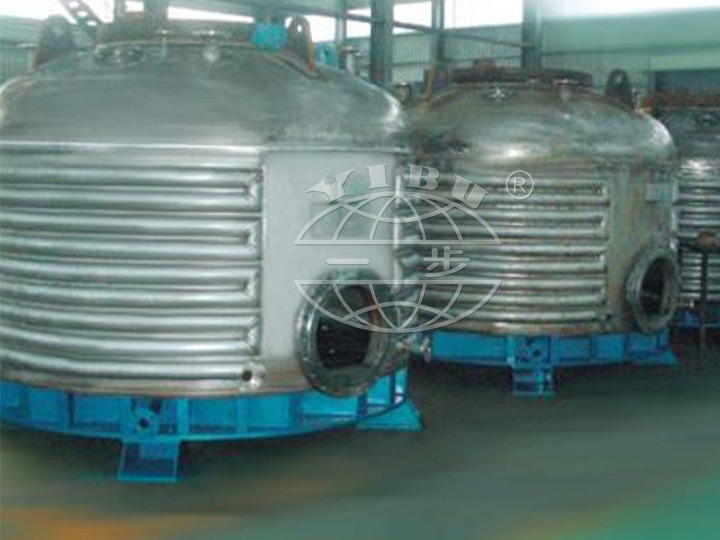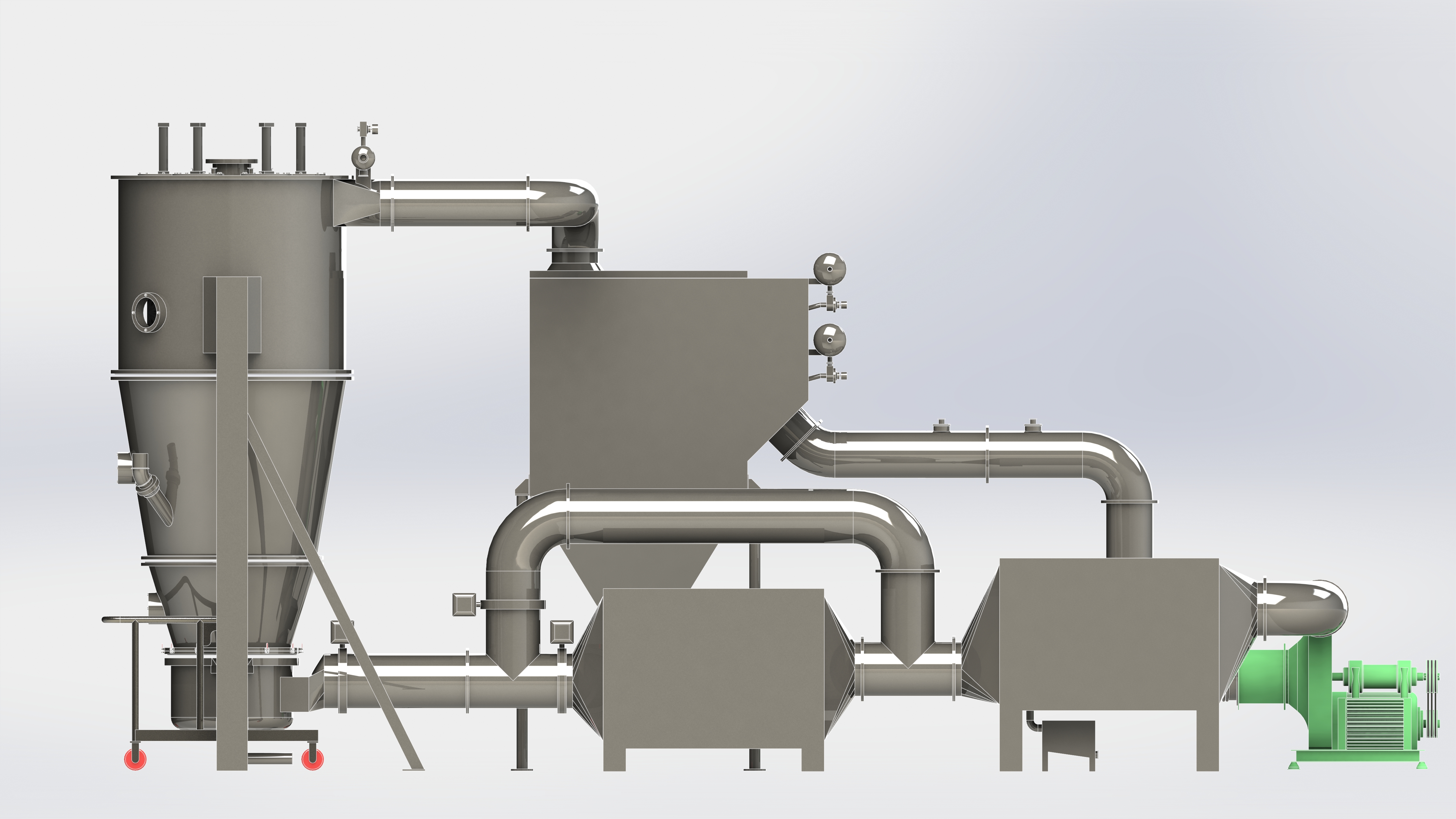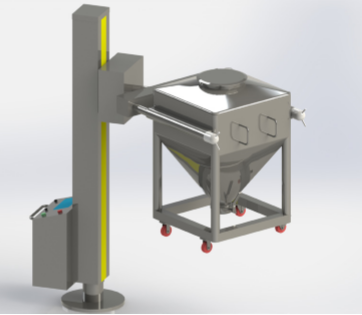Anaerobic sludge granulation(21)
Source: | Date:
2011-07-28
| Hits:
Keywords:
Proton translocation–dehydration theory(2000):
Tayet al. proposed a theory for the (molecular) mechanism of sludge granulation, based on the proton translocation activity at bacterial membrane surfaces. In this theory, the sludge granulation process was con-sidered to proceed in the four following steps:
(a) Dehydration of bacterial surfaces
(b) Embryonic granule formation
(c) Granule maturation
(d) Post-maturation.
(a) Dehydration of bacterial surfaces: Hydrophobic interaction between the bacterial surfaces is con-sidered supportive for the initiation of bacterial adhesion. However, with decreasing surface separation distance between two bacterial cells, strong repulsive hydration interactions between the two approaching bacteria exist, due to the energy required for the removal of the tightly bonded water from the bacterial surfaces. In fact, under normal physiological conditions, a bacterial surface has a high negative charge which facilitates hydrogen bonding with water molecules, resulting in a net-work of water surrounding the bacterial surface, a hydration layer. However, the hydration repulsion does not normally affect the initial step of the bacterial reversible adhesion stage to a signifi-cant extent. The authors argue that acidogenic bacteria, during the acidification of substrates, pump protons from the cytoplasmic side of the membrane to the exterior surface of the membrane. This proton translocation activity energizes the surface and may induce breaking of the hydrogen bonds between the negatively charged groups and the water molecules. Thus, a partial neutralisation of the negative charges on their surfaces occurs, causing the dehydration of the cell surfaces.
(b) Embryonic granule formation: Acidogens, acetogens and methanogens may adhere to each other forming embryonic granules, as a consequence of the upflow
hydraulic stress, of this weakened hydration repul-sion and of the hydrophobic nature of the cells. Moreover, due to the transfer of metabolites between cells, a further de-hydration of the bacterial surfaces takes place leading to a strengthening of these initial granules. In this stage of development, the new physiological environment starts to induce the excretion of ECP to the embryonic granule surfaces.
(c) Granule maturation: In this stage, the original bacterial colonies continue to grow while also other dispersed bacteria may adhere to the embryonic granules. The transfer of intermediates determines the distribution of micro-colonies within the gran-ule, eventually leading to well-structured bacterial aggregates as mature granules. On the other hand, the multiplication of bacterial cells is controlled due
to space restriction.Moreover, ECP is produced in large quantities, causing the hydration of granule surfaces and protecting granules against the shear stress and attachment to gas bubbles, with sub-sequent biomass loss by flotation as ECP is highly hydrophilic and biogas bubbles are highly hydro-phobic.
(d) Post-maturation: In the post-maturation stage, the proton translocating activity keeps the bacterial surfaces at a relatively hydrophobic state and is the main responsible in maintaining the structure of the mature granules. On the other hand, the ECP layer outside of a granule causes the hydration of the granule surface, protecting the granule against attachment to gas bubbles and shear stress in the UASB reactor. The authors claim that some phenomena of sludge granulation like the advisable high-energy carbohydrate feeding during the UASB start-up period, the granular sludge washout when changing the carbon source, the existence of both uniform and layered granules and the influence of ECP in the granulation process can be adequately explained by this proton translocation–dehydration theory.
News
- 2024-06-08 > Exhibition Invitation |ACHEMA 2024, Germany
- 2019-06-15 > P-MECH CHINA 2019 YIBU BOOTH NO: N3B10a
- 2019-04-15 > YIBU will attend the 57th CIPM Exhibition held in Changsha in Hunan province
- 2018-12-28 > Actived carbon particle mesh belt dryer made for Ingrevity
- 2018-03-10 > big spin flash dryer and spray dryer delivery to pakistan and Italy customer on time
- 2017-12-29 > two sets high speed centrifugal spray dryers and three sets of drum dryre delivered to Indonesia
- 2017-08-24 > one set of LPG-100 spray dryer is delivered to America
- 2017-08-24 > Five layers mesh belt dryer is sucessfully delivered to Manila(Philippines)
- 2017-04-05 > Exhibition interpack 2017 in Dusseldorf In Germany
- 2016-11-23 > The 18th International Exhibition in Moscow
Products

